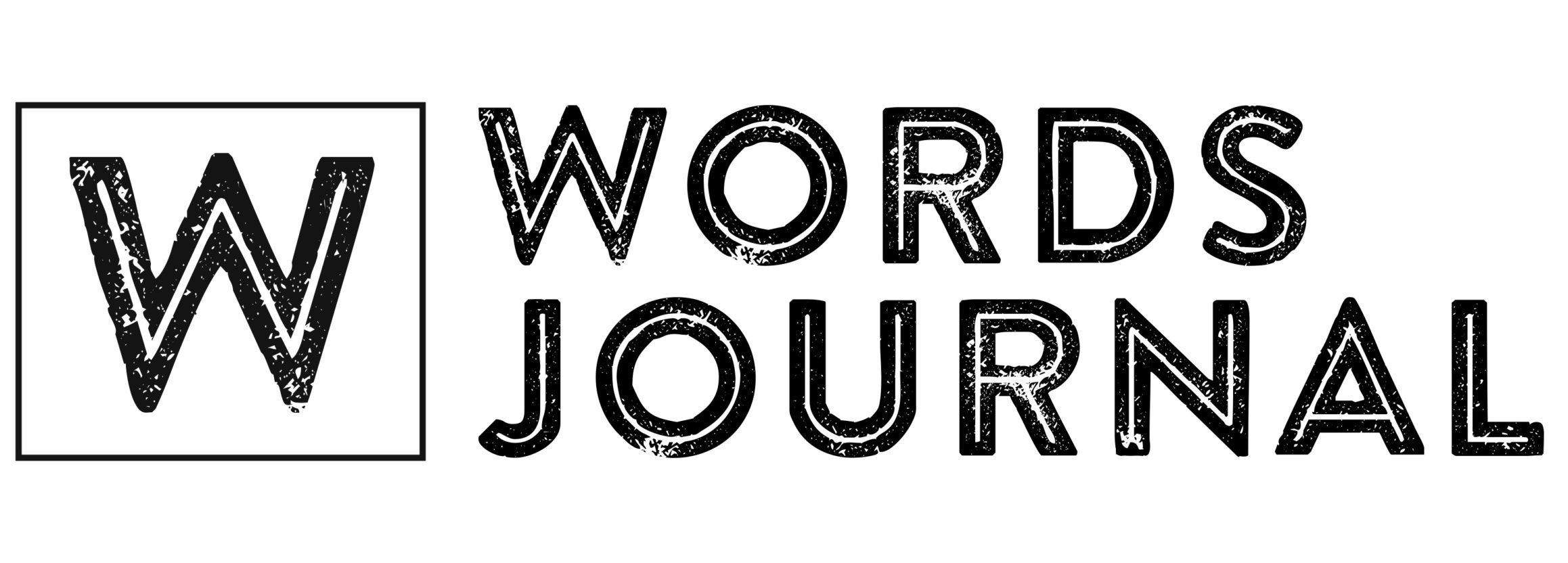In a world saturated with visual content, from movies to YouTube videos to an endless scroll of Instagram images, the resurgence and popularity of purely auditory content might seem surprising. Yet, podcasting has not only redefined the art of storytelling, but it has also carved out a significant niche in the digital world. At its heart, podcasting revives the ancient art of spoken word and brings it to contemporary audiences in a format that’s both convenient and compelling.
Initially seen as an underground medium for hobbyists, podcasting has gone mainstream. Central to this evolution is the availability and accessibility of podcast software, which has allowed creators from various walks of life to share their stories, opinions, and insights. As the equipment became more affordable and software more user-friendly, a myriad of voices found their platform.
Podcasts of the early 2000s were often rudimentary, consisting mainly of individuals sharing their musings or interviewing friends. The simplicity, however, was part of the charm. It offered an unfiltered, raw, and real alternative to polished mainstream media. As listenership grew, so did the variety and quality of content. Podcast genres expanded to include true crime, educational content, storytelling, news commentary, comedy, and more.
The rise of popular series like “Serial” and “The Joe Rogan Experience” introduced innovative production values, narrative styles, and investigative journalism, setting new standards for the medium. The appeal was clear: in a world of bite-sized content and short attention spans, there was a hungry audience for deep dives into complex subjects. Podcasts filled the gap.
Amidst this transformation, technology played a pivotal role. The advancement of best podcast editing software allowed creators to produce high-quality content with studio-like precision from the comfort of their homes. Seamless recording, sound engineering, and distribution became accessible to virtually anyone with a passion and a story to share. Gone were the days when significant financial backing was required to produce quality audio content.
Podcasting’s inherent intimacy has been a crucial factor in its sustained growth. Unlike reading an article or watching a video, listening to a podcast often feels like a personal conversation. For many, it’s a companion during commutes, workouts, or chores. The medium invites listeners into a deeply personal space, creating a unique bond between the creator and the audience.
Monetization models have also evolved, ensuring the sustainability of the medium. What began primarily as an ad-supported platform has diversified into subscription models, listener donations, live show tickets, and branded content. This shift not only ensures financial viability for creators but also often translates to ad-free experiences for listeners.
However, with its exponential growth, podcasting faces challenges. Discoverability, in a world of over two million podcasts, can be a daunting task for new creators. The essence of the medium, which is its diversity and democratization, can sometimes be its Achilles heel. Nonetheless, the industry is responding with curated lists, recommendation engines, and niche podcast networks.
Another challenge is the potential saturation of the market. As with any rapidly growing medium, there’s a risk of content overload. However, the podcasting community has proven its resilience and adaptability. The key lies in innovation – be it in content, format, or technology.
In conclusion, podcasting’s journey from a niche, underground medium to a mainstream powerhouse has been nothing short of spectacular. By marrying the ancient art of spoken word with modern technology, it has tapped into a primal human need – the need to share stories, to communicate, and to connect. With the continued evolution of podcasting technology, especially user-friendly podcast software and best podcast editing software, the horizon looks promising. As long as there are stories to be told, there will be eager ears ready to listen.
